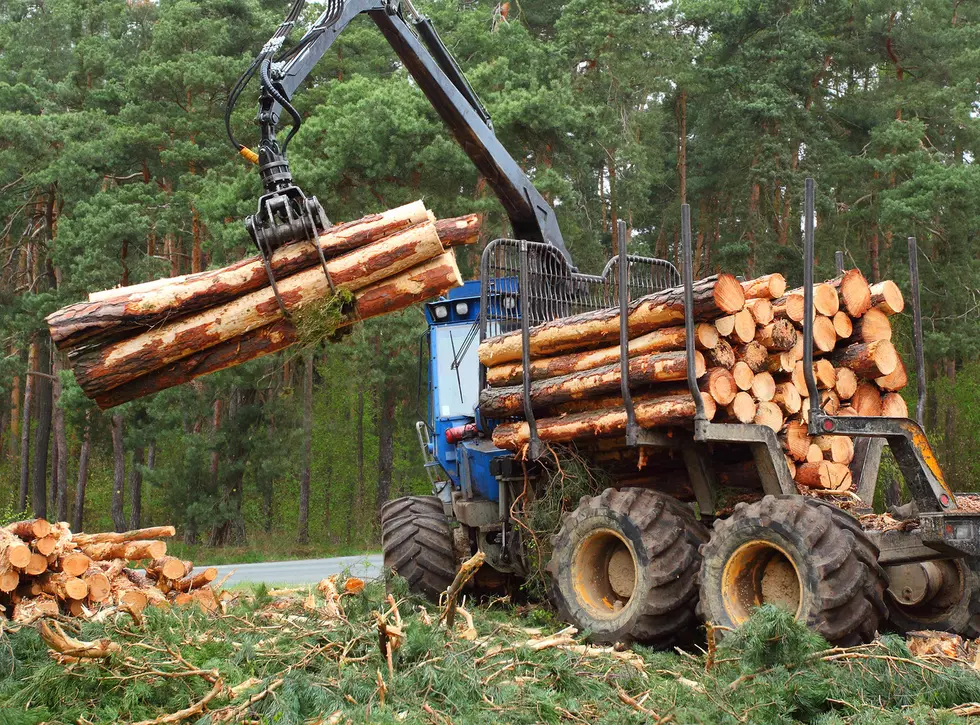
USFWS report backtracks on threats to wolverine survival
Laura Lundquist
(Missoula Current) The U.S. Fish and Wildlife Service has repeatedly balked at protecting the wolverine, but based on the agency’s most recent assessment, the species’ future is bleaker than previously thought.
Last week, the U.S. Fish and Wildlife Service released a 70-page update to its 2018 Species Status Assessment of the wolverine that reversed a number of the agency’s 2018 conclusions. In October 2020, the Fish and Wildlife Service had used the 2018 assessment to justify its decision to not list the wolverine under the Endangered Species Act.
However, when the agency looked at the most recent research published since 2017 – more than 180 publications and hundreds of new wolverine observation records – it found parts of its 2018 assessment were no longer supported. During that interim, researchers have developed new data and better computer modeling that show that wolverine populations are probably more isolated and individuals are more dependent on consistent spring snow and habitat free from human interference than the agency had assumed.
“Overall, future wolverine populations in the contiguous U.S. may be less secure than we described in our 2018 SSA. Uncertainty over the wolverine’s future condition in the contiguous U.S. is relatively high,” the addendum said. “Nevertheless, the best available information suggests that habitat loss as a result of climate change and other stressors are likely to impact the viability of wolverines in the contiguous U.S. through the remainder of this century.”
As fierce, reclusive and wide-ranging as it is, the wolverine is a difficult animal to study. Now and then, a biologist can get a radio collar on one or a game camera can get a blurry shot. But otherwise, it’s hard to get population counts or densities that are reliable and that makes it hard to know exactly what is happening with wolverines. But DNA and improved computer models have filled in some of the gaps.
In 2018, the assessment estimated that 318 wolverines roamed mountains of the western U.S., but the statistical confidence was low due to data that was sparse or lacking. Now the agency says “the true population size in the contiguous U.S. is unknown, as is the effective population size; best available estimates suggest populations are relatively small (~300 in the western U.S.).”
In 2018, the agency did identify the effects of climate change as the most significant stressor for wolverines, because warming temperatures and snowpack loss meant the loss of denning habitat. But in the update, the agency also analyzed how climate change affects wolverine connectivity and population structure.
Shorter winters and higher temperatures mean snowy habitat is going to shrink as it moves farther north and higher in elevation. And some years, like the El Nino periods, could be worse than others. According to the addendum, “climate change will continue to negatively affect persistent spring snowpack in the western U.S., further restricting and fragmenting wolverine habitat.”
This will not only limit denning habitat but also increase the distances that dispersing individuals have to cross to move from one area of acceptable habitat to another. And while they’re trying to migrate across, they’ll no doubt run into the other limiting factor: human development.
Female wolverines are less likely than males to venture to new territory and more likely to avoid any contact with humans or things like roads, pipelines or structures that are collectively called “the human footprint.” While males will travel greater distances, they too prefer to avoid any human interaction.
In its 2018 assessment, the Fish and Wildlife Service concluded that roads weren’t much of a stressor to wolverines. Now, based on new information, the agency has reversed itself.
Multi-lane highways such as the Trans-Canada Highway, which is about 150 miles north of the Montana border and runs east-west, have fragmented the wolverine population. DNA studies have shown that females won’t try to cross the highway, although the occasional male has. The agency says the U.S. population is dependent on gene flow from Canada, but it hasn’t happened since the Trans-Canada was built in the 1960s, although that may change with the recent construction of wildlife crossing structure.
According to the addendum, “New studies in southwestern Canada and the western U.S. have found that wolverine distribution and density are negatively related to road density. In southwestern Canada, consistency of spring snow and road density are the two most important variables correlated with wolverine density.”
The 2018 assessment said trapping wasn’t a big stressor and didn’t create a barrier to wolverine movement between the U.S. and Canada. But new information and recent regulation changes in Montana and Idaho caused the agency to change that conclusion.
While it’s illegal in the U.S. to trap wolverines, the animals can get caught in traps set for other animals. Since 2012, 12 wolverines were accidentally trapped in Montana leading to three mortalities and nine wolverines have been trapped in Idaho since 2017, resulting in two deaths.
But the majority of those occurred before Montana liberalized its wolf trapping regulations. “These regulation changes may increase the amount of wolf trapping and the risk of incidental trapping of wolverines because of the use of snares, extended trapping seasons, and financial incentives,” the addendum said.
In addition to roads, winter recreation, both motorized and nonmotorized, has been shown to push wolverines out of good habitat. According to the addendum, “Given the likelihood that, under climate change, both wolverines and backcountry winter recreation will be impacted by declining snow extent and depth and an abbreviated snow season, there is the potential for increased overlap between winter recreation and wolverine distribution.”
The Fish and Wildlife Service has gone back and forth on a wolverine listing for more than two decades. After conservation groups petitioned the Fish and Wildlife Service in 2000 to list the species – primarily due to the threats of climate change but also habitat fragmentation – the Bush administration announced in 2008 it wouldn’t do so, because it said wolverines in the lower 48 states aren’t a population distinct from that of Canada and Alaska. Two years later, the Obama administration found wolverines qualified for listing, but the agency couldn’t proceed due to a backlog of species waiting for protection.
In 2013, the agency reaffirmed its finding that wolverines in the lower 48 are a distinct population and qualified for listing. But a year later, the agency withdrew the listing proposal, even though a scientific review panel “expressed pessimism for the long-term (roughly end-of-century) future of wolverines in the contiguous U.S. because of the effects of climate change on habitat.”
Explaining his decision in 2014, Fish and Wildlife Service Director Dan Ashe said scientists suspected climate change would affect the wolverine, but the agency had insufficient evidence to establish a strong correlation between dwindling snows and wolverine survival.
Twenty environmental groups sued the Fish and Wildlife Service, providing several studies supporting their assertion that the estimated 300 wolverines faced an uncertain future. In 2016, Missoula federal judge Dana Christensen sent the agency back to evaluate whether the wolverine’s small population size could result in genetic problems and whether the species still frequented enough of its former range.
In October 2020, the Fish and Wildlife Service reasserted its decision not to list, based upon the 2018 species status assessment, saying the concerns that justified the 2013 decision to list “are not as significant as believed at the time of the proposed rule.” The agency again said wolverines in the lower 48 weren’t separate from those in Canada.
In May 2022, after environmental groups sued again, Missoula federal judge Donald Molloy granted a Fish and Wildlife Service request for 18 months to reconsider its 2020 decision based upon the best-available science. Last week’s addendum to the 2018 assessment is a part of that consideration and will guide the agency as it decides whether to protect wolverines under the Endangered Species Act.
“Wolverines are staring extinction in the face, but the Endangered Species Act can save them if federal officials move quickly,” said Andrea Zaccardi, Center for Biological Diversity legal director of carnivore conservation. “The science shows that wolverines have been hit hard by climate change and habitat loss. These elusive, snow-loving mammals need federal protections to get them on the road to recovery, and I’m hopeful the Fish and Wildlife Service will make the right decision.”
Contact reporter Laura Lundquist at lundquist@missoulacurrent.com.
LOOK: Must-do activities at every national park
Gallery Credit: Angela Underwood
More From Newstalk KGVO 1290 AM & 98.3 FM









